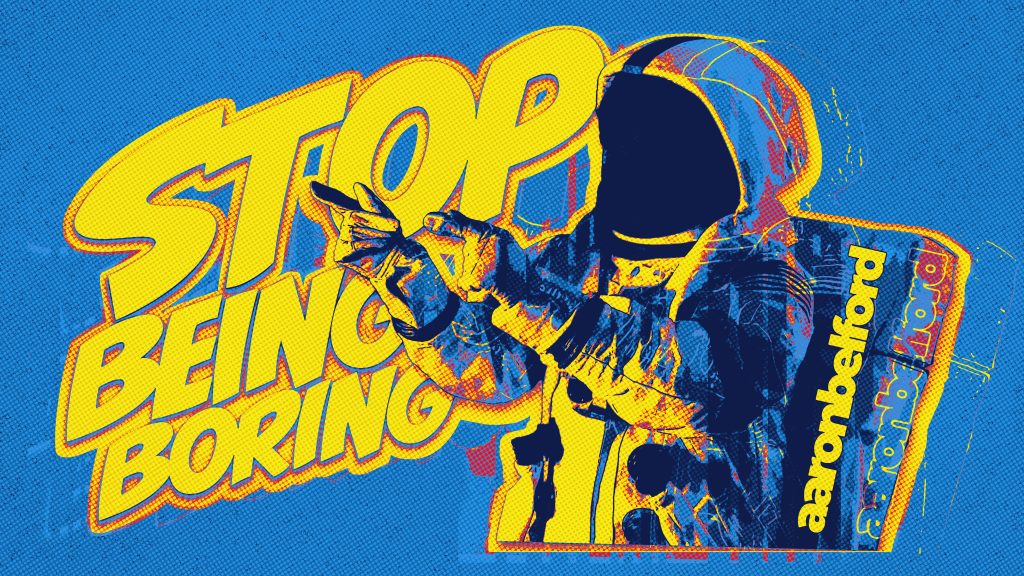Vibe Marketing isn’t just a trend; it’s bulldozing over storytelling. Forget long-winded narratives. Brands are grabbing people’s attention with quick hits that feel personal and raw. It’s not about explaining every detail anymore; it’s about creating a vibe that hooks people in a single moment. This approach taps into the need for authenticity, where audiences get what they want right then and there. In a world where you’ve got seconds to make an impact, Vibe Marketing is the new king. So let’s dig into where it came from, why it’s killing it today, who’s connecting with it, and how brands are using it to make a lasting mark.
Where the “Vibe” Came From
The rise of Vibe Marketing came as digital media and changing generational mindsets started to flip the playbook. Millennials craved mission-driven stories, but as TikTok blew up, brands realized fast, punchy visuals could do the heavy lifting. The result? Complex storytelling got sidelined for raw, real moments that catch attention in seconds. Instead of leading with backstories, brands started putting emotion and atmosphere front and center. The mood matters more than the plot. It’s an approach that’s reshaping the whole idea of what marketing can be.
Why It’s Working Now
Today’s nonstop, high-speed digital culture is perfect for Vibe Marketing. With constant scrolling and limited attention spans, brands only have seconds to make an impression. So instead of asking, “What’s this brand about?” audiences are more likely to think, “How does this brand make me feel?” That’s why Vibe Marketing hits home. It allows brands to connect on a gut level, cutting straight to what feels real and accessible. And because vibe marketing is flexible, brands can jump on trends and stay relevant, continuously engaging their audience without getting stale.
Who’s Feeling the Vibe
This new approach might be broadly appealing, but it’s Gen Z and Gen Alpha who are vibing with it the most. Raised in a digital-first world, these generations crave realness and a sense of belonging, preferring brands that meet them where they are. They want brands that “get” their values and lifestyle without putting on a show or forcing it. Influencers have mastered this vibe-centric content, trading in long narratives for powerful, quick-hitting moments. When brands align with influencers who already embody the right vibe, they can reach these audiences through an instant, authentic connection.
What Makes It Work
The power of Vibe Marketing isn’t in words; it’s in the feeling. Brands that nail it create experiences people want to share and remember. It’s about using visuals, music, and trends to lock in a mood that resonates with people on a gut level. Successful Vibe Marketing invites the audience to join in, building a community around the brand. Challenges, hashtags, and interactive content make the brand experience communal, not corporate. Staying in sync with platform-specific trends also gives brands a current, relevant feel, allowing them to build connections that feel more like friendships than transactions.
Why It’s Critical to Understand Now
This shift is no small thing. Vibe Marketing has become a fast and powerful way for brands to create real connections in an instant. In a world where attention is rare and authenticity is gold, this is the approach that works. Understanding where Vibe Marketing came from, why it’s thriving, and how to apply it gives brands a competitive edge. As you plan your next move, focus on creating a vibe that lives and breathes with your audience. Make every interaction count, building loyalty and impact that lasts well beyond the scroll.



